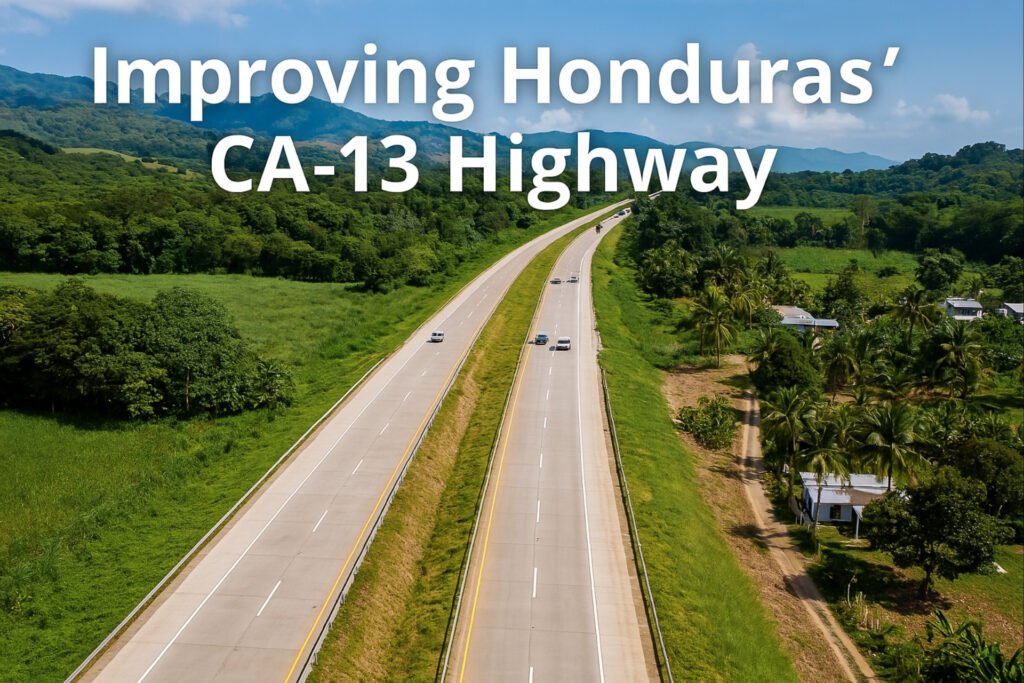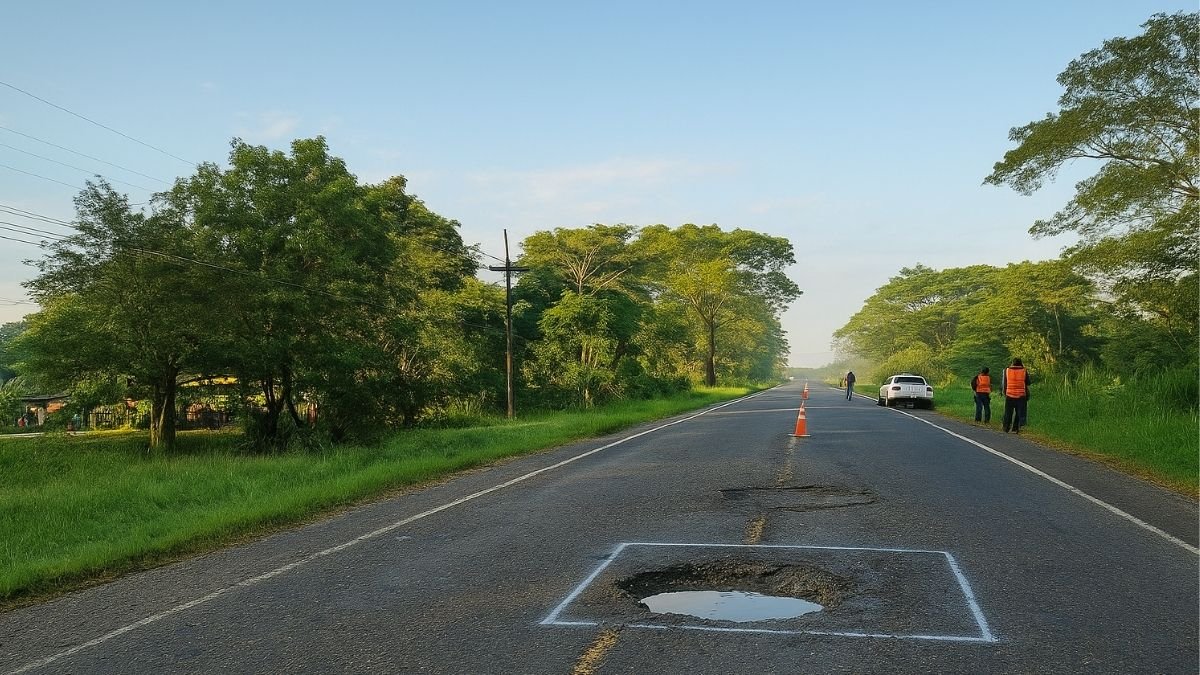Introduction
The CA-13 highway, often referred to as the “Tercera Carretera Internacional,” is a pivotal transportation artery in Central America, linking Guatemala and Honduras. In Honduras, this 795 km route connects key cities including San Pedro Sula, Puerto Cortés, Tela, and La Ceiba along the Caribbean coast. Recognizing its strategic importance, the Honduran government, in collaboration with international partners, has embarked on significant projects to upgrade and expand the CA-13, aiming to bolster economic development and regional integration.

Recent Developments
Upgrading the El Progreso to Tela Segment
A major initiative involves transforming a 68 km stretch of the CA-13 between El Progreso and Tela from a two-lane to a four-lane highway. This expansion is set to improve traffic flow, enhance safety, and stimulate economic activity in the region. The project includes the construction of new bridges, bypasses, and advanced drainage systems, complemented by enhanced signage and pedestrian facilities. The Inter-American Development Bank (IDB) has approved $40 million for this phase, underscoring the project’s significance.
Establishment of the Northwestern Road Corridor
To further enhance connectivity, a new 46 km road corridor is under development, connecting the CA-4 highway near Macuelizo to the CA-13 road in Corinto. This route serves as a vital alternative to the congested San Pedro Sula trade route, facilitating smoother trade and travel between Honduras and neighboring countries. The World Bank has endorsed this project, emphasizing its potential to transform the region’s infrastructure landscape.
Strategic Importance
The CA-13 highway plays a crucial role in:
- Economic Growth: By improving access to key ports like Puerto Cortés, the highway supports increased trade and investment opportunities.
- Tourism Development: Enhanced road conditions attract tourists to coastal destinations such as Tela and La Ceiba, boosting the local hospitality sector.
- Regional Integration: Upgraded infrastructure fosters stronger ties between Honduras and Guatemala, promoting cross-border commerce and cultural exchange.
Future Outlook
Ongoing projects aim to address remaining infrastructure gaps, with plans for further expansion and modernization of the CA-13. These efforts are expected to reduce travel times, lower transportation costs, and improve road safety. Continued collaboration between the Honduran government, international financial institutions, and local communities is essential to realize the full potential of these developments.

Conclusion
The comprehensive enhancements to the CA-13 highway are a testament to Honduras’ commitment to improving its transportation infrastructure. These developments are poised to drive economic prosperity, enhance regional connectivity, and elevate the overall quality of travel within the country.

